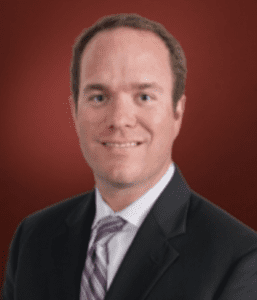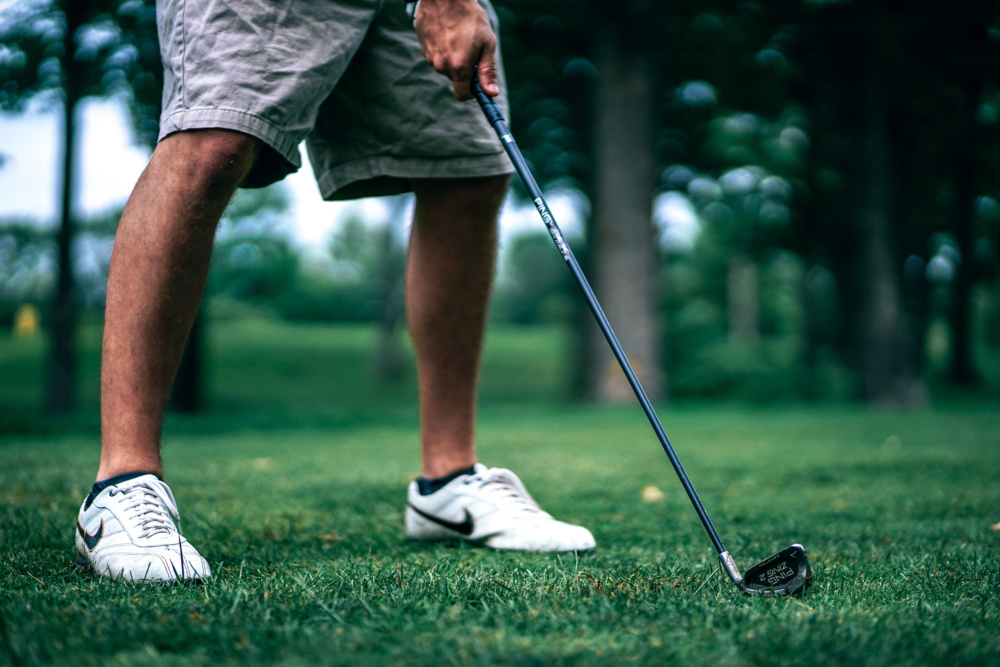Is There Life After Back Injuries for These Two Young Golfers?
By: Art Young
One of the longest professional sports seasons is underway again. The Professional Golf Association (PGA) is back in full swing, and several of the “young guns” in the PGA are trying to come back from debilitating injuries. Rory McIlroy and Jason Day experienced back injuries that ended their season last year, and this year they hope to regain the form that enabled them to be on the leaderboard on a regular basis.
Making a comeback in the challenging and grueling sport of professional golf is made even more difficult by the swinging style of these two players. Unlike the professional golfers of previous decades, these players, and others, have adopted a style of swing that creates much greater power, allowing them to hit the ball farther and reduce the number of strokes on their scorecard.
Unfortunately, this “power swing” has caused serious injuries to the spine and back muscles of some of these players. The determination of whether they are able to recover from these injuries and play at their previous level is as much a medical issue as it is one of winning technique.
A Scratch Golfer and Spine Surgeon Analyzes These Injuries
As a former collegiate golfer and current avid player, Dr. Michael Duffy, a spine surgeon at Texas Back Institute, is an excellent source for information on playing the game at a high level without succumbing to back injuries. As a student of the game and its players, he has insights about the causes for the injuries to these two players and how amateur golfers can avoid them.
“A lot of what’s going on today is due to the fact that golfers are better athletes than they were decades ago,” Dr. Duffy said. “They are swinging harder and creating more torque with the new, so-called ‘X-factor’ swing, and while this makes the ball travel farther, it can also cause serious injuries to the spine and back.
“That rotational force on someone’s lower back takes a toll, especially when these players are hitting hundreds of balls daily and spending a great deal of time in a slightly bent forward position. All of these factors contribute to more stress on the lumbar (lower) spine and injuries follow.”
A Prognosis for Treating Golf-Related Back Injuries
“Typically, when you first have these types of injuries, you have to give them respect. In the case of the PGA you see these guys take time off,” Dr. Duffy said. “With disc herniation, this is usually a six- to 12-month recuperation. It’s important to let this type of injury heal properly.
“During this healing time, there are various actions that can be taken, including physical therapy. These PGA golfers are in very good shape, they have a physical therapy trailer that travels with the tour and they all have their own trainers.
“Surgery is always the final option. We typically reserve this for persistent pain, especially in the leg. If someone has a nerve pinched in the low back and it causes ‘referred pain’ (that which moves around) that goes into the leg, this can be debilitating if it continues. If the condition involves an advanced degeneration of the disc, we consider disc replacement or, in some cases, fusion of discs.”
Is Re-Injury More Likely?
“Any pro athlete who is injured is at a higher risk for re-injury in the same part of the body,” Dr. Duffy said. “Once an injury occurs, the tissue is not as strong as it once was.
“The only thing that an injured player can do is to try and stay in shape while recovering. Sometimes altering the swing can help, but these guys create such a high amount of torque with the way they swing that it is very difficult for them to change this. That swing is what got them in the ‘big show’ to start with.
“In the case of Rory McIlroy, we have seen him struggle with his back problems for a long period of time, and I don’t think they will go away forever. Jason Day has a little different injury and seems to be getting back into playing shape. His winning the Farmers Insurance Open, which is the first tournament he has won since 2016, suggests that his recovery is going well.”
What Amateur Golfers Can Learn from the Pros
“I encourage my patients who are amateur golfers with back injuries to do what the pros do – respect the injury and give it time to heal,” Dr. Duffy said. ”Seeking medical treatment from a therapist or physician is very important in order to calm down the inflammation.
Many amateur athletes, including golfers, often try to “play through pain” in hopes that the injury is minor and will be corrected with more physical activity. When should a golfer seek medical attention for back pain?
“Playing through the pain is a common practice, but this can be detrimental to the injury,” Dr. Duffy said. “The ‘red flag’ signs are: (1) pain that radiates into the leg and causes weakness or numbness, (2) persistent pain that is not alleviated by over-the-counter pain relievers or activity modification and icing and (3) bowel or bladder difficulty. This last condition is very serious and requires a trip to an emergency room.
“Golf is not a contact sport, but it can cause severe stress on the spine and back muscles that can lead to excruciating pain and, in some cases, serious injury.”
 About the Doctor:
About the Doctor:
Michael F. Duffy, M.D., is a board certified orthopedic spine surgeon at the Texas Back Institute, practicing in Arlington, Dallas, and Mansfield, Texas. Dr. Duffy earned his medical degree from the University of Nebraska College of Medicine in Omaha, Nebraska where he received multiple scholarships. He completed an orthopedic residency at Orlando Health and his fellowship training in spine surgery with Texas Back Institute. Dr. Duffy has received many honors including a research award from the Association for Academic Surgery and Florida Orthopedic Society, while in training.
He has several publications in orthopedic journals and multiple on-going research projects at Texas Back Institute. Dr. Duffy has authored multiple book chapters on Artificial Disc Replacement surgery. He is a member of the American Academy of Orthopedic Surgeons and the North American Spine Society. Personally, Dr. Duffy is an avid golfer and sportsman, having played NCAA Division 1 golf at Georgetown.
About the Author:
Over the past 35 years, Art Young has interviewed some of the most interesting people in the world and used these conversations to develop a diverse catalog of compelling stories. He is a writer, blogger, podcaster, broadcaster and frequent speaker on subjects ranging from technology to healthcare to music to outdoor sports and too many other subjects to mention.





Recent Comments